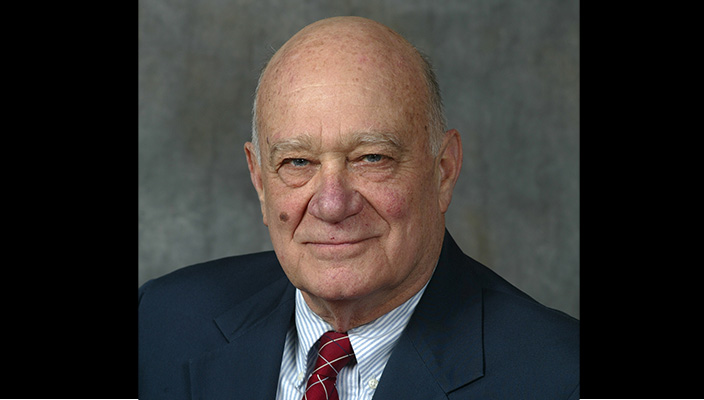
Seeking happiness in our lives varies with our age, health, experiences and other life circumstances. However, there are shared basics for all who seek positivity’s pathways.
Some of these may seem self-evident, but they are often neglected. Best chances for happiness depend on plans and choices, not merely on hopes.
Key to everything is determining what matters most to us for our lives and values: how do we want to spend our time, with whom, doing what? Those plans can change, but they are the essential beginning point for key decisions.
At the core of activities is determining how to use time. The classic best seller by Alan Linden, “How to Get Control of Your Time and Your Life” is worth studying. It is no accident that Linden, like Thoreau, equates “time” with “life.” The hours you devote to projects or people represent “your life” that you are giving.
Folks may need to consult with relatives and friends to clarify major guiding principles for one’s life – the directions for investing time (“life”).
Plans cannot always be implemented, but they provide an agenda for activities and ways to proceed. Linden and others advise that plans need to be evaluated, and revised, as necessary.
Regardless of value choices, there are basics for everyone: a) don’t overcommit in your goals (that adds stress, an increasing factor in our pandemic society where we all feel the effects of millions who have died during this epidemic).
Linden and others emphasize the importance of reducing stress – a good part of that by gaining more free hours, e.g,: buy less stuff so you can reduce hours at work. Plan to arrive early for activities (too many folks add stress by rushing around).
Pathways to positivity are obviously more complex now because we all have to come to terms with grief from illnesses and deaths of relatives and friends. To what extent can we be effective in gleaning affirmatives from the past two years, to use as learning building blocks to go forward?
One of the very best happiness sources is the book the emerged from the most popular “positive psychology” course ever offered at Harvard: “HAPPIER: ‘Learn the Secrets to Daily Joy and lasting Fulfillment.’”
The first time Tal Ben Shahir offered the course at Harvard, it had only eight students. Over the years thousands enrolled and took the course on line.
HAPPIER remains the single best source for anyone seeking pathways for positivity. Shahir’s Part 3 concludes with “Meditations on Happiness” – each highlighting conduct and values directions:
First Meditation: “Self Interest and Benevolence”
Second Meditation: “Happiness Boosters”
Third Meditation: “Beyond the Temporary High.”
Fourth Meditation: “Letting Our light Shine”
Fifth Meditation: “Imagine”
Sixth Meditation: “Take Your Time.”
Seventh Meditation:
The Happiness Revolution
Pathways for positivity lie before you!






